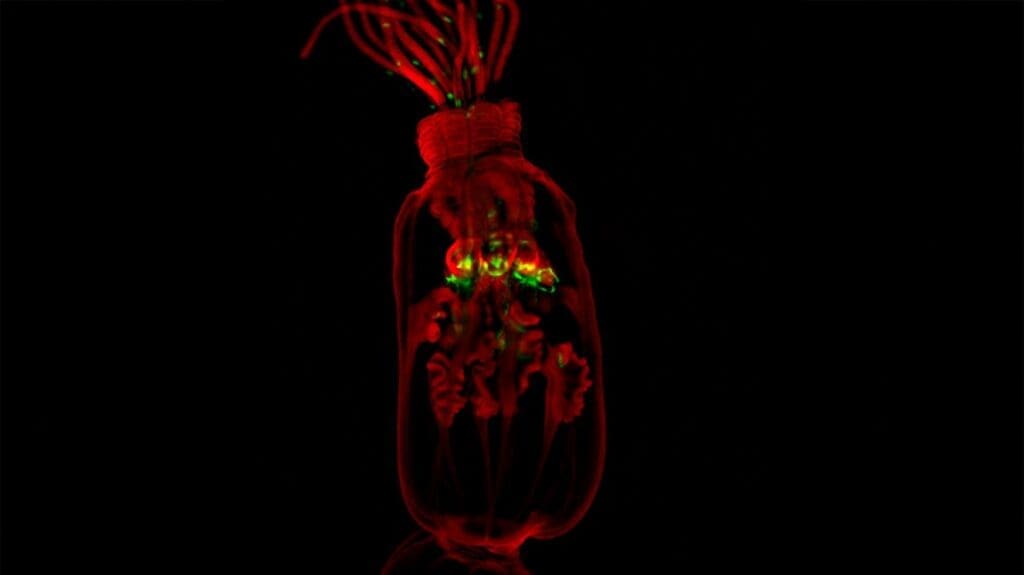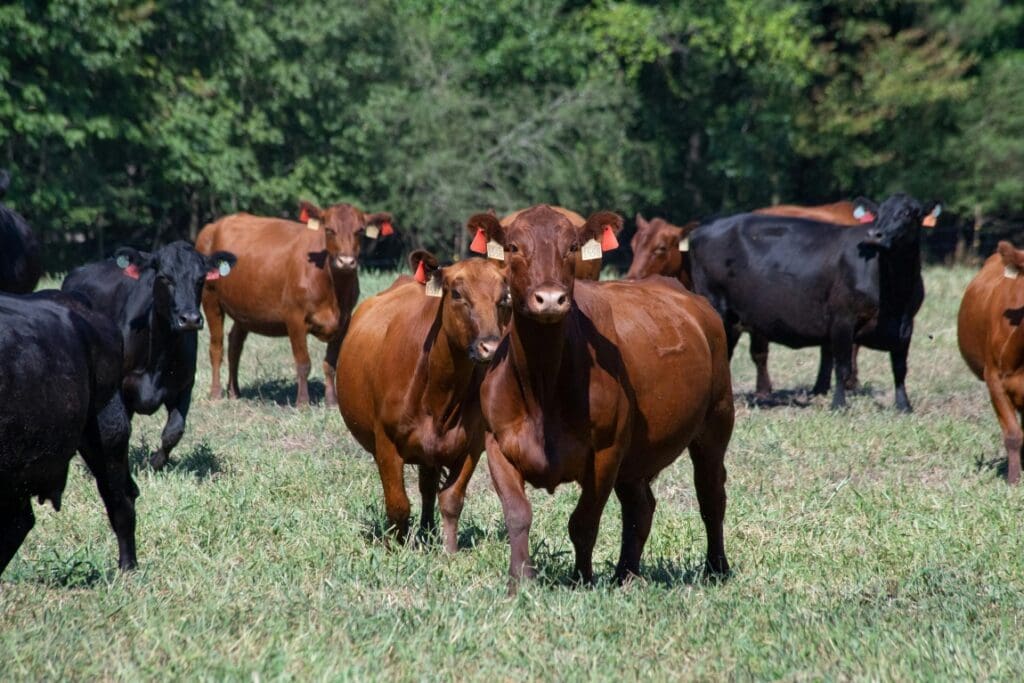In the world of ecosystems affected by climate change, grasslands are proving to be the fast responders. While forests may take years to reveal the effects of warming temperatures and shifting precipitation patterns, grasslands are exhibiting changes almost immediately.
According to new research by scientists at the University of Michigan, this rapid response makes grasslands unique in the way they “pay as they go” in contrast to forests, which tend to accumulate what researchers call “climate debt.”
The study, led by University of Michigan researchers Kai Zhu and Yiluan Song, analyzed plant communities within California’s biodiverse grasslands and revealed a surprising synchronicity between changes in climate and changes in plant species composition.
As temperatures rise and moisture levels shift, species that thrive in hotter, drier conditions are beginning to dominate.
“Climate change does have consequences for our ecosystems,” said Song, a postdoctoral fellow at the Michigan Institute for Data and AI in Society. “It’s going to come sooner or later. Grasslands are at the faster end of the spectrum.”
The research, published in Nature Ecology & Evolution, was the culmination of decades of observational data collected across California’s grassland communities. Scientists from over a dozen institutions joined forces, collecting data from 12 distinct sites in the California Floristic Province, a region recognized for its high level of biodiversity.
The team documented how species adapted to warmer and drier conditions have rapidly become dominant, especially in recent years.
This approach yielded a clear, consistent conclusion across the studied observational and experimental sites, which is uncommon for an ecological study like this, explained Zhu, associate professor at the U-M School for Environment and Sustainability.
To ensure that climate change was the driving force behind these changes, the researchers also incorporated data from long-term global change experiments, which allowed them to draw connections between specific climate factors and changes in plant communities.
“We know correlation doesn’t imply causation,” Zhu added. “But the experimental data allow us to attribute the causality.”
The study’s findings hold significant implications for ecological management and restoration, particularly for grasslands. According to Zhu, understanding the swift pace at which grassland ecosystems respond to climate change could help guide restoration efforts and inform decisions about which plant species to prioritize.
“If you want to restore grasslands, you have to ask what types of species you will plant,” he said. “In order to answer that, you need to at least take climate change into consideration.”
One of the study’s central conclusions is that while grassland species are changing quickly, these shifts do not necessarily represent an adaptation in the sense that the ecosystem is becoming more resilient. Instead, the shifts could result in negative consequences for biodiversity.
“To me, adaptation gives a positive impression that the system is changing to counter some of the negative effects of climate change,” Song noted. “The rapid shifts in grassland communities involve not only the gain of some hotter, drier species but also the loss of some cooler, wetter species. These shifts might have negative consequences such as dominance by non-native species and loss of biodiversity.”
This concern extends to the broader implications of climate-driven community shifts. As dominant plant species that thrive in warmer and drier climates take over, there is a risk that grasslands could become less hospitable for a variety of species, both plant and animal. This shift could also affect the overall ecological balance, potentially disrupting ecosystems that depend on grassland habitats.
While the study focused on California’s unique grassland communities, Zhu and Song believe their findings could have broader applicability. As climate patterns change across other grassland regions globally, similar dynamics could unfold, potentially at an even faster pace.
“I would hypothesize that we may see an even greater response to climate change in other grasslands around the world,” Zhu said.
Grasslands are a vital component of the Earth’s ecological system, providing habitats for numerous species, supporting soil health, and playing a role in carbon sequestration. Understanding how these ecosystems respond to the challenges posed by a rapidly changing climate is critical. As Zhu and his colleagues note, grasslands are not simply responding to climate change – they are doing so at a pace that mirrors the speed of the changes themselves.
***
Researchers from California Polytechnic State University, Clark College, the East Bay Regional Park District, the University of Oregon, the University of Washington, the University of Western Australia and Stanford University also contributed to the study.
The team also included members from several University of California institutions, including UC Berkeley, UC Davis, UC Riverside, UC Santa Barbara and UC Santa Cruz, where Zhu and Song began the project.
Journal Reference:
Zhu, K., Song, Y., Lesage, J.C., et al. ‘Rapid shifts in grassland communities driven by climate change’, Nature Ecology & Evolution (2024). DOI: 10.1038/s41559-024-02552-z
Article Source:
Press Release/Material by University of Michigan
Featured image: Grassland ecosystems, like that of the Carrizo Plain National Monument in California, are seeing their biodiversity shift rapidly with changing climate. Credit: Joan Dudney




